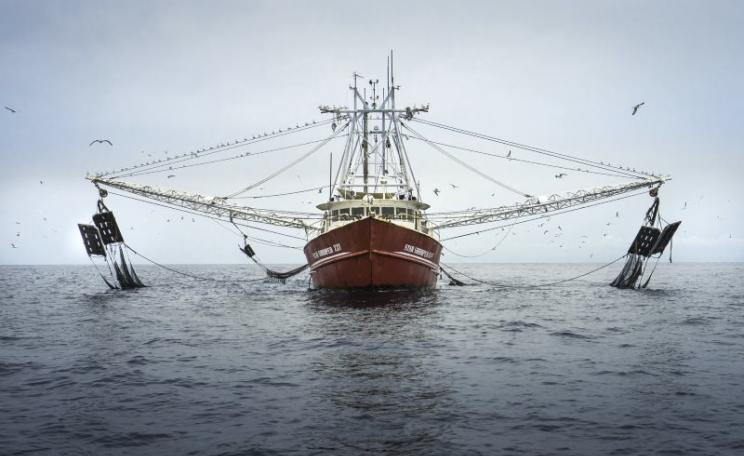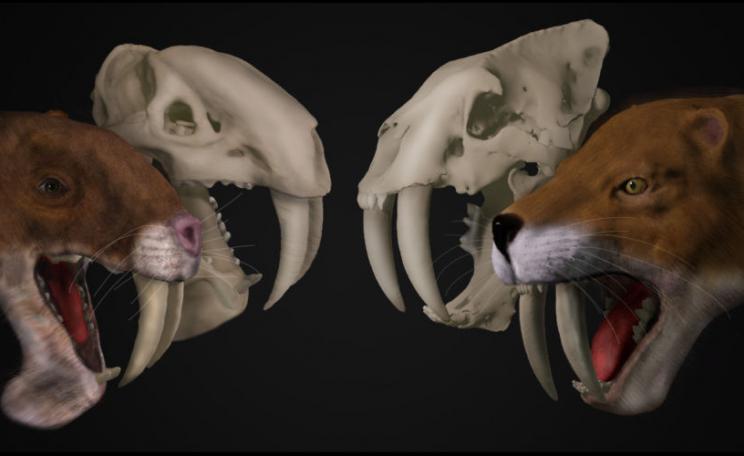The laundering of clothes and other textiles is among the most significant sources of synthetic microfibers within the environment.
Tumble dryer lint can cause damage to the gills, liver and DNA of marine species, according to a study.
Scientists at the University of Plymouth exposed the Mediterranean mussel, or Mytilus galloprovincialis, to different amounts of lint.
They found that increasing the quantity of lint resulted in significant abnormality within the mussels’ gills, leading to tissue being damaged.
Impact
In the liver, the presence of lint led to atrophy or deformities leading to a loss of definition in digestive tubules.
An increased concentration of fibres also caused a reduction in the mussels’ ability to filter food particles from the seawater, and a significant increase in DNA strand breaks in the blood cells.
The precise causes of the effects are unclear but are likely to arise from the fibres themselves and chemicals within them, scientists say.
Dr Andrew Turner, associate professor of environmental sciences, said: “The laundering of clothes and other textiles is among the most significant sources of synthetic microfibers within the environment.
“However, despite their known presence in a range of species, there have been very few studies looking in detail at their impact.
Shellfish
“This study shows for the first time what harm they can cause, and it is particularly interesting to consider that it is not just the fibres themselves which create issues but also the cocktail of more harmful chemicals which they can mobilise.”
Scientists say their findings are unlikely to solely apply to lint, as its properties are similar to other textiles and fibres commonly found in waste water and throughout the marine environment.
The study is published in the journal Chemosphere.
Awadhesh Jha, professor in genetic toxicology and ecotoxicology, said: “Mytilus species are commonly used to monitor water quality in coastal areas, and the damage shown to them in this study is a cause for significant concern.
“Given their genetic similarity to other species and the fact they are found all over the world, we can also assume these effects will be replicated in other shellfish and marine species.
Microfibres
“Damage to DNA and impairment of the filter feeding abilities would have potential impact on the health of the organisms and the ecosystem.
“That is particularly significant as we look in the future to increase our reliance on aquaculture as a global source of food.”
Previous work by Plymouth University has shown that washing clothes releases thousands of microplastic particles into the environment.
Researchers have also found that fitting devices to washing machines can reduce the fibres produced in the laundry cycle by up to 80 percent.
In another study, scientists showed that wearing clothes could release more microfibres to the environment than washing them.
This Author
Claire Hayhurst is a reporter with PA.







